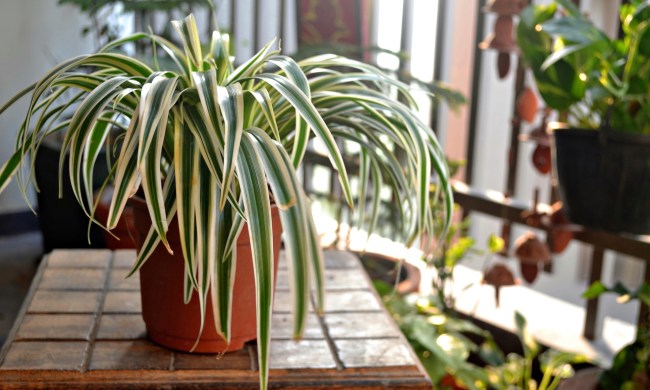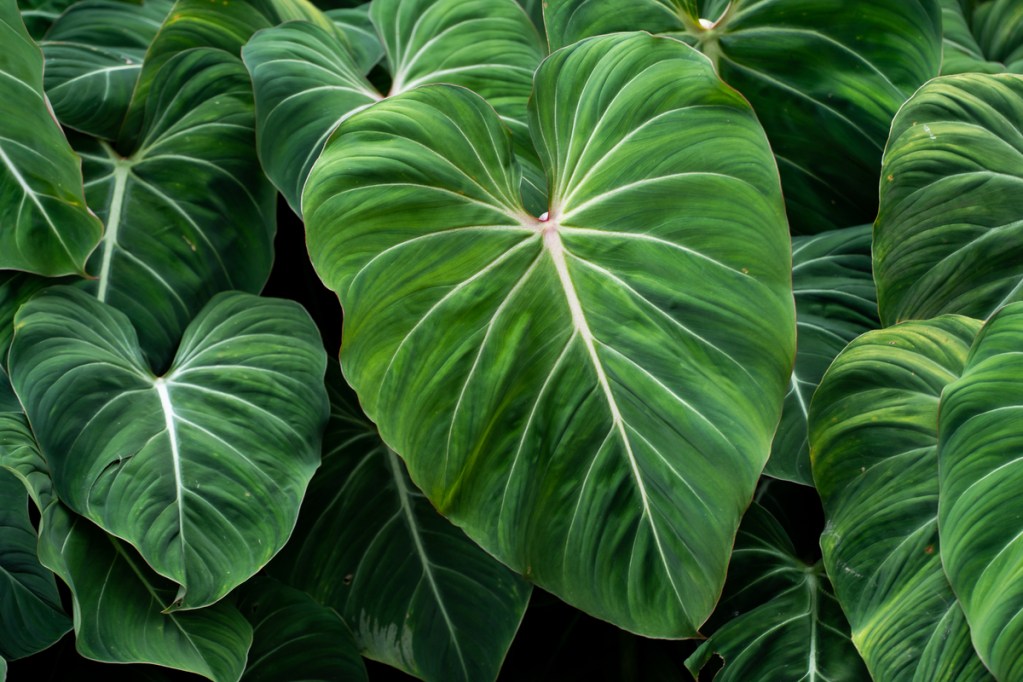
When it comes to amazing office plants and low-maintenance potted plants, philodendrons certainly stand out. From taller tree philodendron to trailing philodendron vines, there’s sure to be a species of this plant that fits your lifestyle and aesthetic preferences. Philodendron care is easy enough for beginners, and their stunning foliage makes them worth growing, even if you’re experienced enough to grow more finicky plants. To get started growing your own philodendrons, we’ve put together this philodendron care guide.
Planting philodendrons
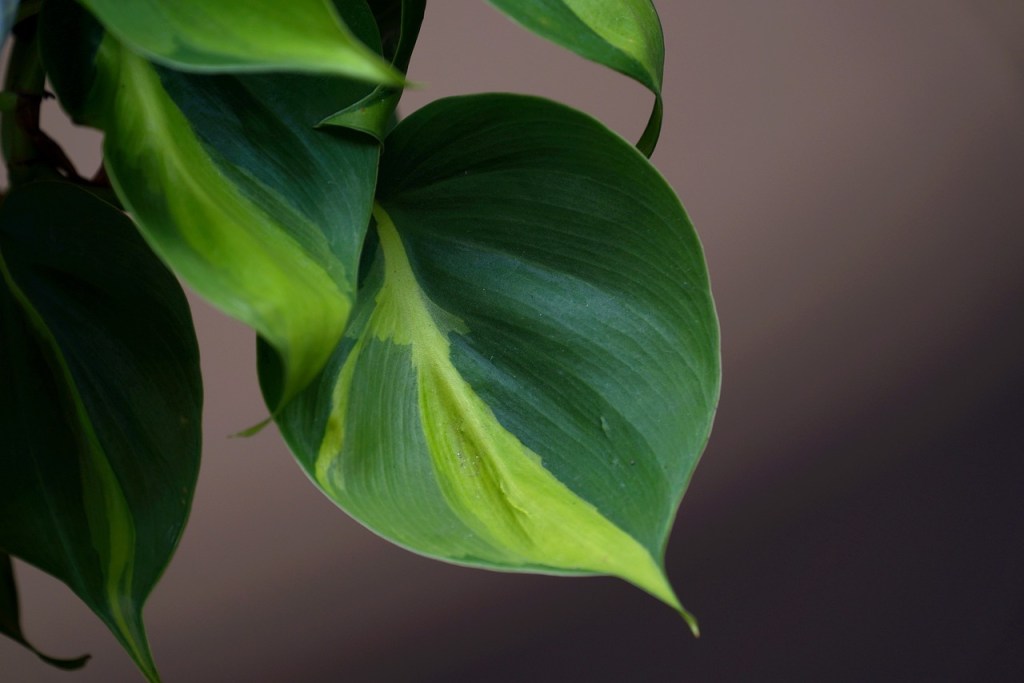
Philodendrons are most commonly kept as indoor plants, and they are well suited to standing pots, hanging baskets, and window boxes. You can even grow them as a kokedama. They can grow in almost any container, as long as there are drainage holes. Philodendrons appreciate wet soil, but they can still develop root rot if left in standing water, so well-draining containers and soil are important.
Once planted, place your philodendron where it will receive indirect light. Philodendrons grow in low-light conditions, making them a great choice for bringing greenery to a shady bedroom or office. While they can tolerate some bright light, be careful not to leave them in bright, direct light for too long, as they can develop sunburns. If you have pets or small children that might be tempted to bite your philodendron, place it somewhere out of reach. Philodendrons are toxic to people and pets.
Philodendron care
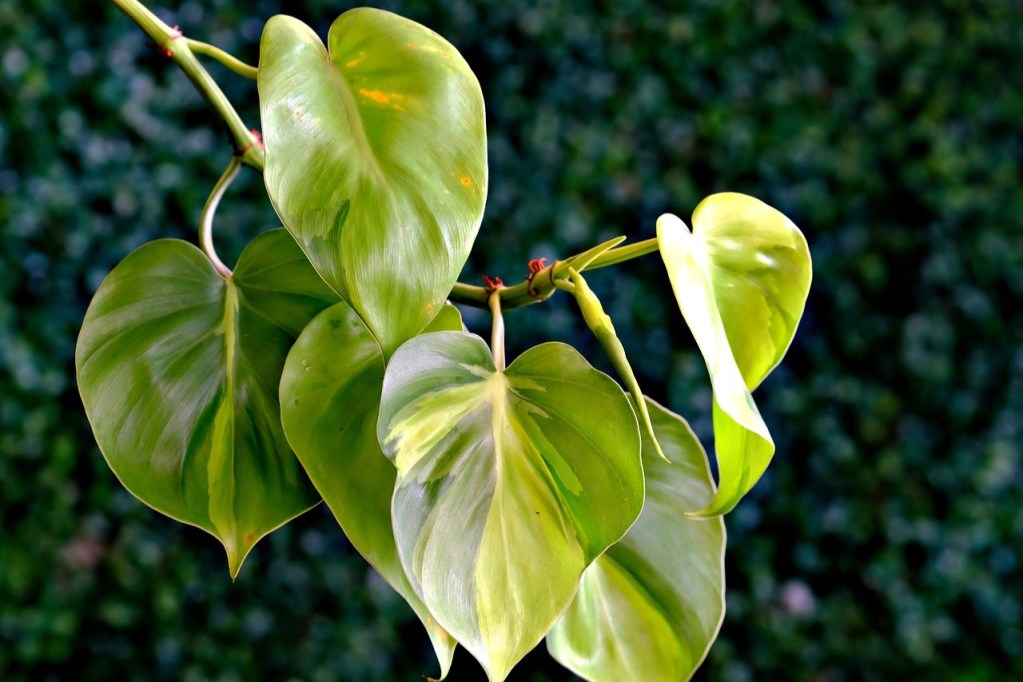
The most important part of philodendron care is water. While they don’t tolerate standing water, they do still need consistently moist soil. Touch the top inch of soil. If it is dry, it’s time to water your philodendron. Water in the air is important as well. Philodendrons love humidity, and you have several options to make sure the air is humid enough for them. You can give your philodendron a weekly misting, place a bowl or tray of water near the plant so the water will evaporate and create humidity, get a humidifier, or place your philodendron in or near the bathroom when you take a hot shower.
In addition to water, philodendrons appreciate being fertilized. Any houseplant fertilizer will do, philodendrons aren’t picky when it comes to fertilizer. Many gardeners find liquid fertilizers to be easiest to administer to potted plants, especially if your philodendron is in a smaller container.
Philodendron propagation
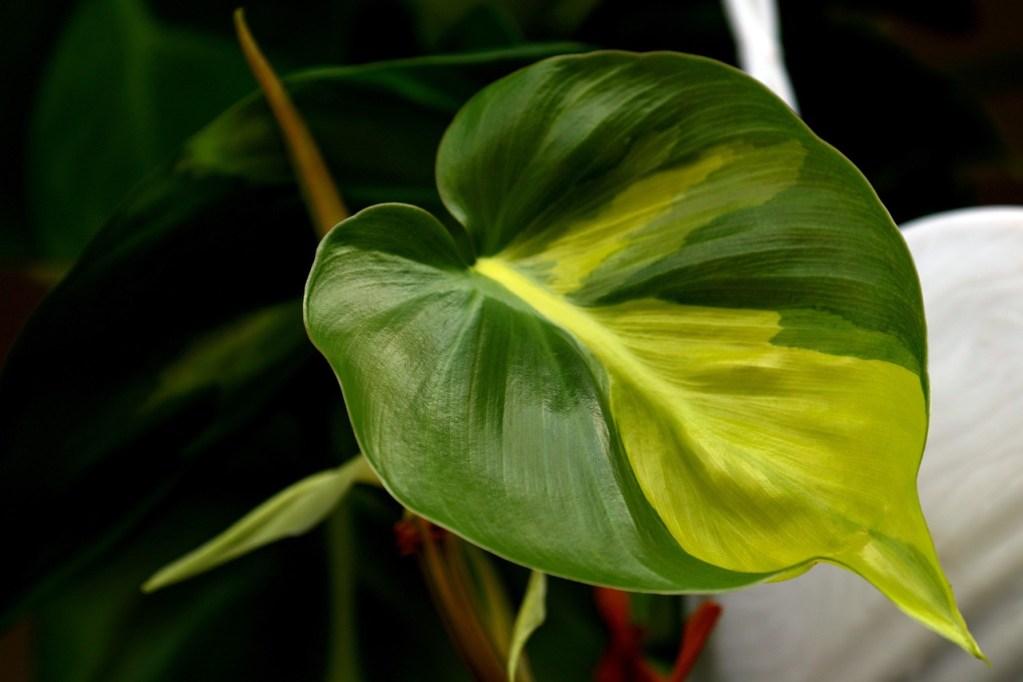
Philodendron propagation is almost as easy as philodendron care, which is great news if you want multiple plants or want to share your philodendron plant with others. If you’ve ever propagated a plant via a cutting before, then you’re all set to get started, as the process is the same for philodendrons as it is for other plants. If you aren’t sure what to do, then we’ll walk you through it.
First, find a sharp, clean pair of shears, scissors, or a knife. Select a stem or offshoot that is healthy and several inches long. Cut the stem or offshoot at the node, or the place where the smaller stem or offshoot connects to the larger main stem. You can apply rooting hormone to the cut end of the cutting to speed up the process of growing roots, but this isn’t necessary. Place the cutting in either soil or water, taking care to keep any leaves above the soil or water line. If you root the cutting in water, you can transplant it to soil once it has a few roots that are thicker than the tip of a pencil.
Can you grow philodendrons outdoors?
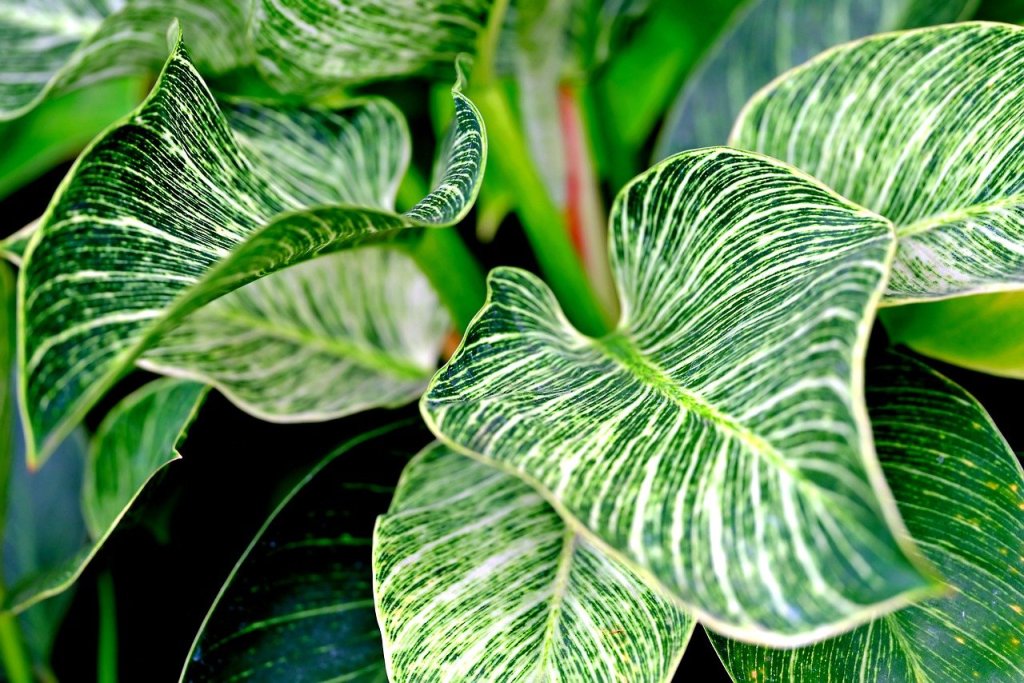
Yes, philodendrons can grow outdoors. Potted philodendrons can be indoors or out, and philodendrons can be planted directly in your garden as well. Philodendron care is a bit more difficult when growing them outdoors, but it is still fairly simple. Be sure to plant them in the shade, as it is more difficult to avoid sunburns when outside. Humidity can create issues for your outdoor philodendrons as well, so watch for signs that they might be drying out. If there’s no rain in the forecast and the humidity is low, you can mist your outdoor philodendrons just like you would if they were indoors.
These beautiful plants are perfect for bringing a touch of tropical greenery to your home or garden. Thanks to how easy philodendron care is, anyone can enjoy the soothing foliage of this lovely plant. Once you get your philodendron care routine settled and in place, you’ll be able to relax and watch your new plant flourish. Just remember to keep it away from any pets or children that might want to chew on it!

